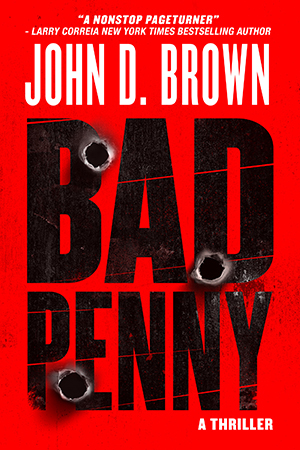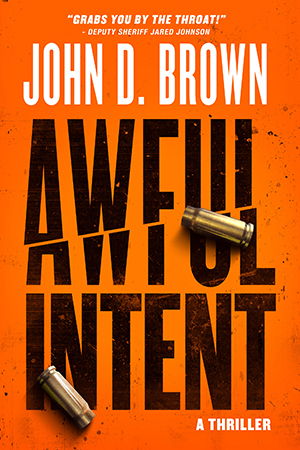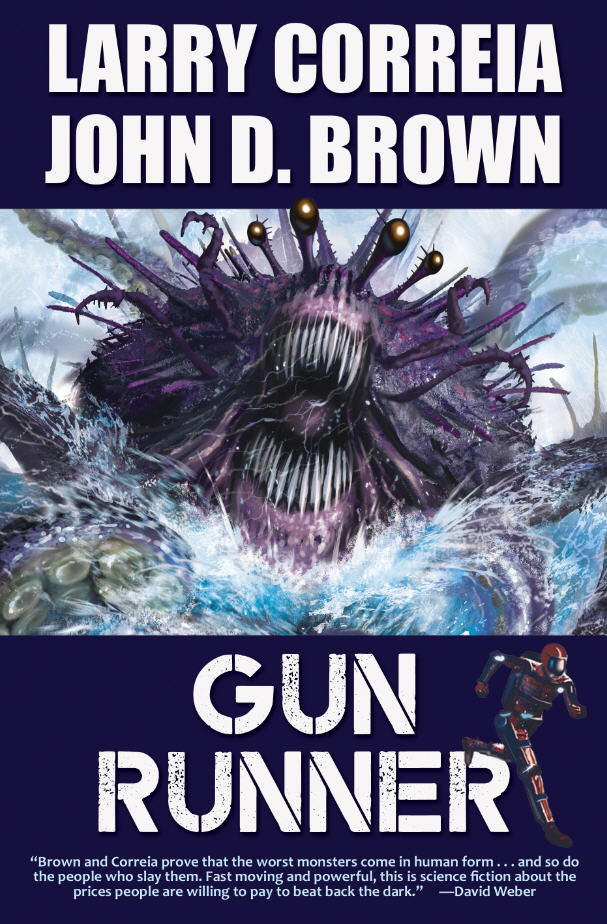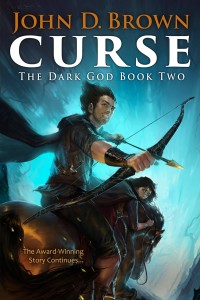Why some plots grip us—and others don’t
Do you want readers to stay up late turning pages?
Then you need to understand this: page-turning plots have almost nothing to do with plot points, acts, character arcs, or story structures.
Forget about that. Great plots do something else entirely.
They transport us into situations that trigger two powerful attention systems hardwired into the human brain. When plots trigger those systems, readers can’t look away.
The better we learn to trigger these systems and keep them active, the more our plots will drive readers to turn the pages.
Attention System #1: Survive and Thrive
This system monitors everything that helps—or threatens—our ability to survive and thrive. The more it helps or threatens, the more we pay attention. Until the thing goes away, or something more pressing requires our focus.
Deer pay attention to predators. Why? Because they don’t want to be eaten! And they will continue to pay attention until they think the predator is gone.
We’re fascinated with sharks. Why? Because they may eat us! If a shark is swimming close to us, we will pay attention to it until it’s gone or we’ve reached a place where it can’t get us.
Great stories tap this same instinct and keep it active. When they do, reader attention locks on and we’ve got ourselves a page-turning plot.
Attention System #2: Prediction and Curiosity
Our brains are also prediction engines. We pay attention to anything that might help us understand cause and effect, because predicting outcomes helps us survive and thrive.
For example, if we can predict where a lion might hide, we can avoid getting eaten in the tall grass. If we can predict how our car works, we can use it to go to the store to get some tasty treats.
This second system perks up when it notices new things, odd things, mysteries, problems, or gaps in our knowledge.
It wants answers. It wants to make sense of the world. And it makes us pay attention until we have closed the gap.
The more important the answer, the more powerful the pull.
This is why mysteries, secrets, and puzzles grip us so tightly.
Great stories also tap this instinct and keep it active, driving the reader to want just one more page.
Triggering Anticipation
These systems don’t only activate during events. They also activate in anticipation of events.
When a story hints that something dramatic is coming—a showdown, a revelation, a danger, a big decision—the brain perks up and says: “This kind of situation usually has payoff. Stay alert. Something’s coming!”
And attention locks in.
There are all sorts of nuances to how these systems play into humor, wonder, awe, romance, companionship, adventure, wish-fulfillment, dread, and more. The key thing is to remember that your job is to transport the reader into situations that trigger these attention systems and keep them active—either through immediate events or through anticipation of what’s coming.
That’s it.
That’s what page-turning plots do.
How to Judge Your Work
Given that, how do you know whether your opening is working?
Well, it’s not by asking, “Does this follow a three-act structure?” or “Is my inciting incident in the right spot?” or “Did I use a prologue?” It’s not about how well your story complies with a formula, form, or structure.
Instead, you ask: Does this beginning transport the reader into a situation that triggers one or both attention systems? And does it keep those systems active?
If it does, readers will keep reading.
If it doesn’t, they won’t.
How do you know a scene, middle, or ending is working?
The exact same way.
A General Pattern
There’s a general pattern to the reader’s experience with these two systems that we humans love. You want to know what that pattern is.
Why?
So you can make sure you’re giving it to your readers. They will love you for it because, whether they know it or not, this is what they’re paying you to do.
That pattern is what we’ll talk about next.
But first, a quick word about learning this stuff.
A Quick Tip (Especially for New Writers)
You are probably going to suck at anything the first time you do it. And the second. And third. And the fifth.
Which means you’re probably going to suck at this the first time you try it. Yes, your first attempts will probably sparkle here and there, but they’ll also probably fail in parts to transport the reader to situations that trigger and sustain their attention.
This shouldn’t surprise us. But for some odd reason, some new writers expect to walk in and knock it out of the park the first time they take the bat in hand. They think learning to tell stories is different than learning other skills like playing the piano, drawing realistic faces, or even cooking tasty meals.
It’s not. It’s the same. It takes some time.
This is why most writers don’t sell their first novel.
Or their second.
Or sometimes even their fifth.
So just expect that in the beginning you are going to suck at writing page-turning plots. Maybe you’ll surprise all of us. But you probably won’t. Which means you’ll be like all of the great writers that have come before you.
This should free you from the pressure to perform. And help you see that your first job as a new writer is not to chase publication and sell a million copies.
Your first job is to have fun making your first attempts at learning the craft and get a routine going. So brainstorm some ideas. Sketch a scene. Finish a short story or three. Take a class. Finish your first novel that will have some great moments and probably equal amounts of dreck.
Each attempt is worthy of celebration because you’re on the path.
Unlike many writers, you now know what you’re trying to do.
Which means you’ll get better at transport.
You’ll get better at developing situations that trigger and sustain attention.
And one day you’ll look up and realize—your reader can’t put the story down.
That’s where we’re headed.
Part of Page-Turning Plots: How to Craft Stories Readers Can’t Stop Reading.














